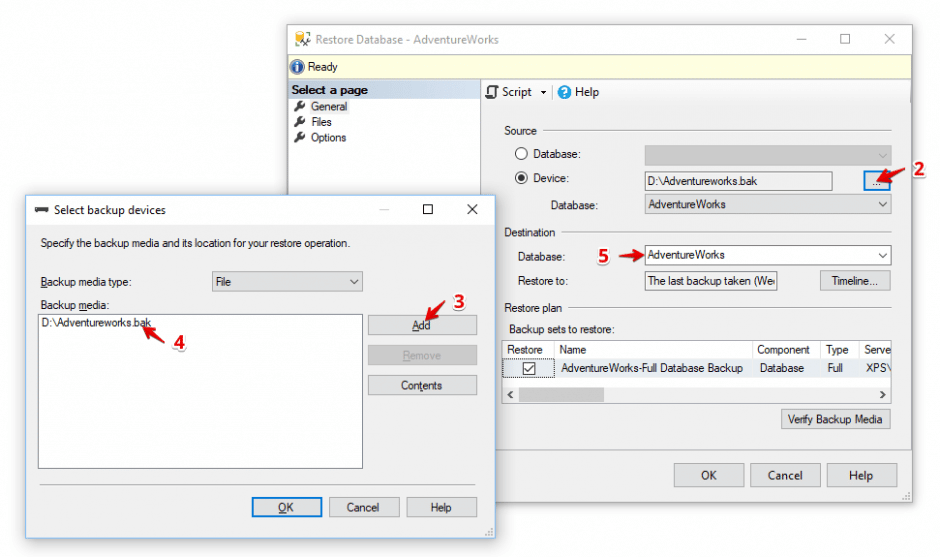
If any user databases were created after the master database was backed up, those databases cannot be accessed until the databases are restored from backups or reattached to SQL.Restoring database requires exclusive access to the database. Rebuildm.exe utility to rebuild the master database and start SQL.īecause all changes made to the master database after the last backup was created are lost when the backup is restored, the changes must be reapplied. If copies of the master and model databases were not made, then you must use the Microsoft Once the MSSQL Server service is up and running, open Backup Exec and restore the master database file using the "AUTOMATED DATABASE RESTORE" method as explained below.Īfter SQL is running again, you can restore the latest copy of the master database using the Backup ExecĪutomate master database restore option, and then restore any other databases, if required. The services have started successfully (Figure 10) Start the services by clicking on the green arrow (Figure 9)ĩ. Note: If you do not remove the "READ-ONLY" attribute from the database and log file of the MSSQL Server, the SQL services will not start.Ĩ. Before starting the MSSQL Server service remove the "READ-ONLY" attribute from the master database and log files (Figures 7 & 8) Change master$4idr to master.mdf as shown (Figure 5)ħ. Rename the corrupted master database and log files to ".old" as shown (Figure 4)ĥ. With every full backup of a MSSQL Server or instance the following files get created (Figure 3)Ĥ. Go to the data folder under MSSQL (Figure 2)ģ. Go to the MSSQL folder on the Server where SQL is installed (Figure 1)Ģ. How to replace the corrupt or missing master database and log files with the copies of the master database and log files:ġ. Rebuild Master utility or reinstalling SQL to be able to restart SQL, you can replace the corrupt or missing databases with the copies of the master and model databases that Backup Exec automatically creates and updates whenever backups of those databases are run.


If the master database is critically damaged and SQL cannot be started, rather than running the

Restore Job Properties for SQL dialog box and then restore any other databases, if required. If you can still start SQL, you can restore the latest copy of the master database backup using theĪutomate master database restore option in the Backup Exec A report generated by the SQL Database Consistency Checker utility (DBCC) Segmentation faults or input/output errorsģ.

If the master database is damaged, symptoms may include:Ģ.


 0 kommentar(er)
0 kommentar(er)
